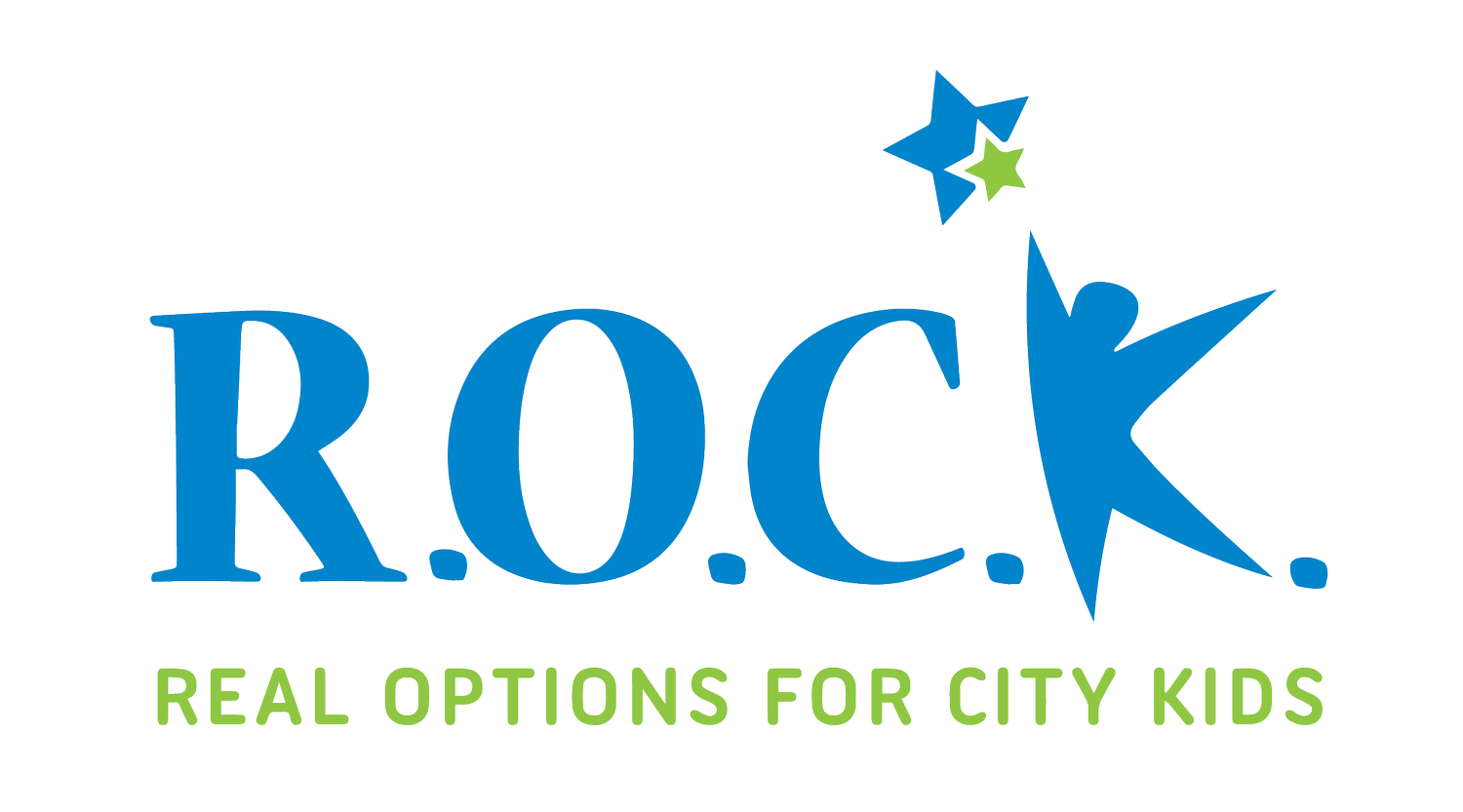Solving Problems, Part 1 (Second Step)
SEL Domain(s): Problem solving
Relational Risk: Low
Grades: 5
*Lesson may need to be modified to meet the specific needs of students
Description:
Students learn to identify and state problems without blame using the first step of the Second Step Problem-Solving model, setting the foundation for respectful, solution-focused conflict resolution.
Materials
Computer or projector
Speaker
Chart paper and markers (optional)
Introduction
(5 minutes)
Think of some typical problems a fifth-grader might have with another person at school. Come up with as many as you can without using names. Give students think-time. Turn and tell your partner your ideas. After about two minutes, call on a few students at random to report. Write students’ ideas on the board. (Various answers.)
Why would you want to solve these kinds of problems before they get worse? (To stay out of a fight. To stay out of trouble. To get along better with others. To do better in school. To stay safe.)
When you solve problems, having steps to follow helps you remember what to do. Now we’ll watch a music video that shows the steps you’ll be using to solve problems. If you’ve had the Second Step program before, these steps will sound familiar.
What do you notice about the first letter of each step? Refer to the Problem-Solving Steps Poster if necessary. (The first letters spell the word “step.”)
Remembering the word “step” will help you remember each Problem-Solving Step. Today we’re going to practice S: Say the problem without blame, which means state the problem without blaming anyone. Refer to the first step on the Problem-Solving Steps Poster.
Activity
(10–15 minutes)
Now you’re going to do a skill practice. Who remembers why we practice? (To get better. To build connections in our brains. To make skills permanent.)
In this next activity, you and your partner are going to practice coming up with one statement that describes a problem without blaming either person.
Distribute Handout 16, one per pair of students.
Read the directions out loud. Give students ten minutes to complete the activity.
After the activity is complete, ask for volunteers to read their problem statements to the class. Examples of problem statements without blame are: “There is only one computer, and we both want to use it at the same time.” “We both want to pour the liquid into the beaker, but only one person can do it.”
We will continue using the Problem-Solving Steps to solve these problems next week. Collect Handout 16 or ask students to save their handouts for next week’s lesson.
Review
(5 minutes)
Today you learned and practiced the first step of the Second Step Problem-Solving Steps, S: Say the problem. In the first step, how should you state the problem? (In a way that doesn’t blame others.)
Why is it important to state problems with other people in a way that doesn’t blame them? (It’s hard to come up with a solution when people are angry or feel blamed. Blaming is not respectful.)
Think about one typical problem here at school where it is important to say the problem without blaming anyone. Give students think-time. Turn and tell your partner your ideas. After about a minute, call on a few students at random to report.
Next week you’ll continue helping Sierra and James solve their problem, using the next two Problem-Solving Steps, T: Think of solutions and E: Explore consequences.
